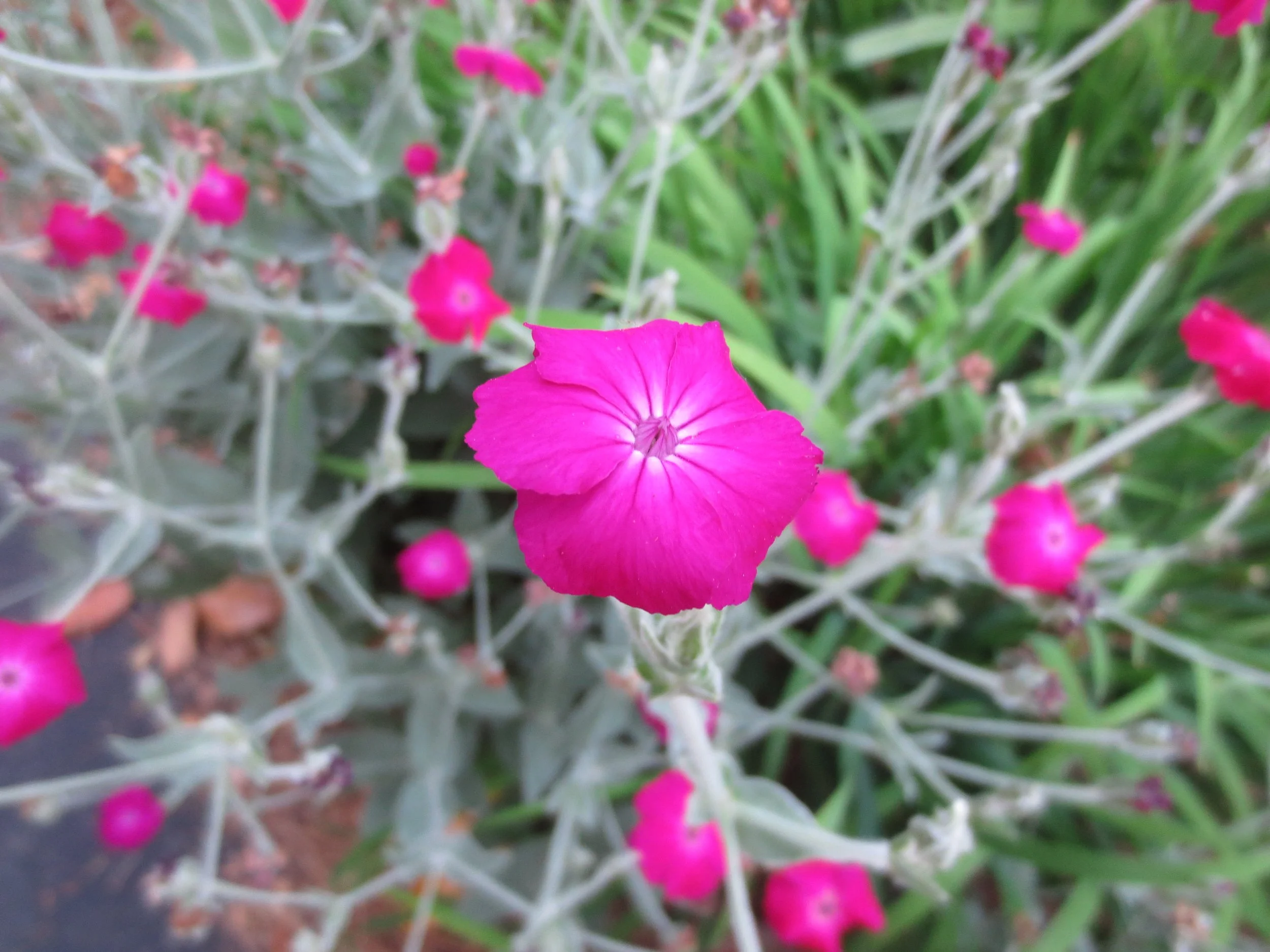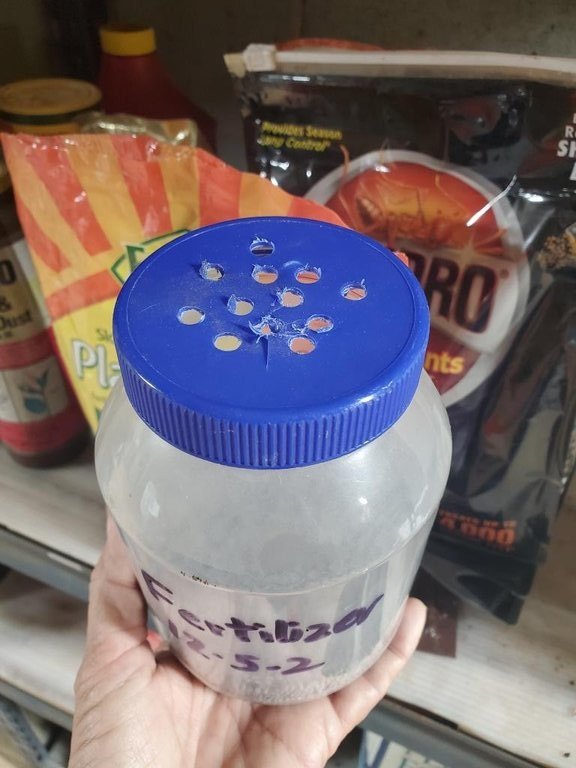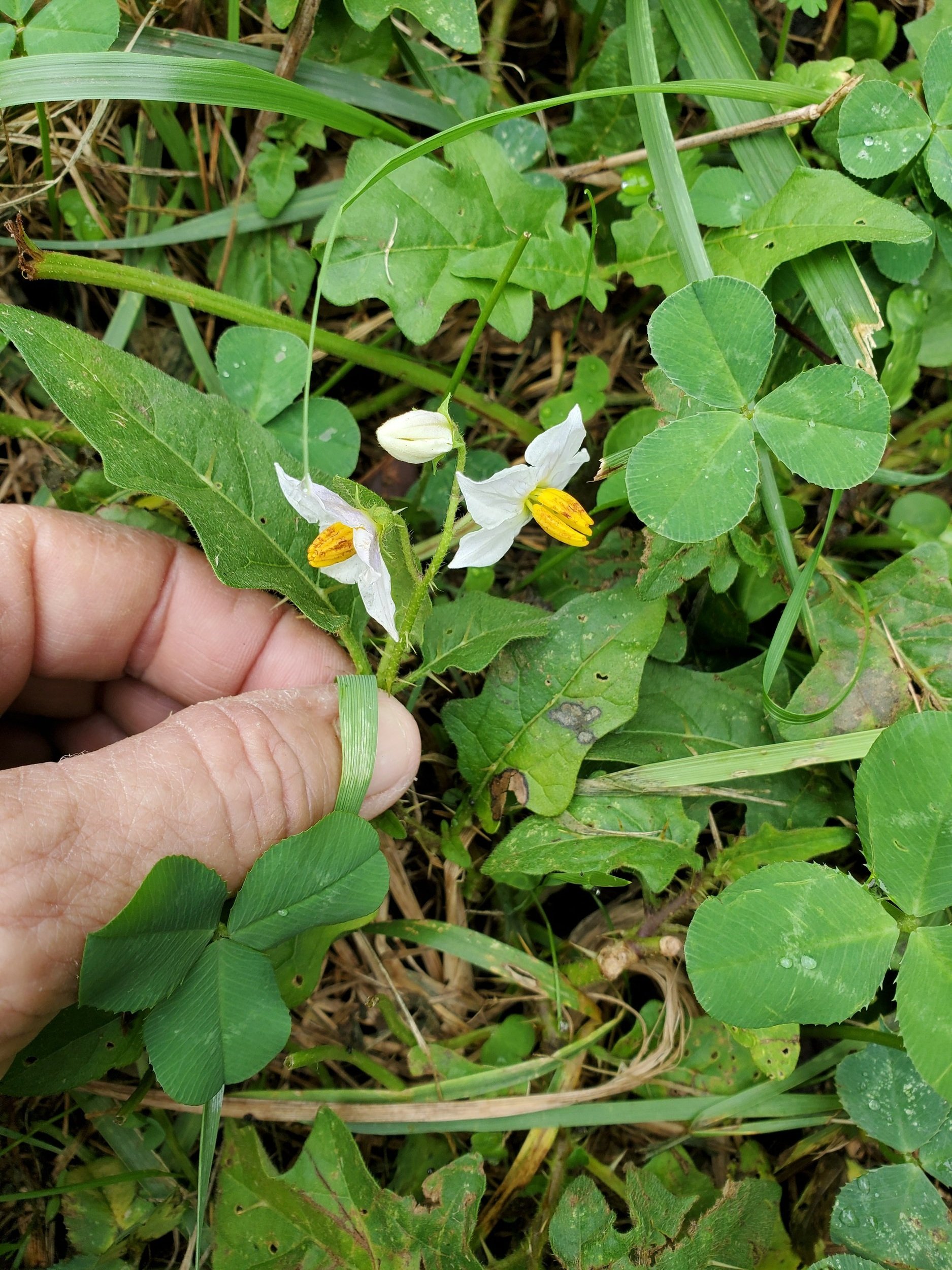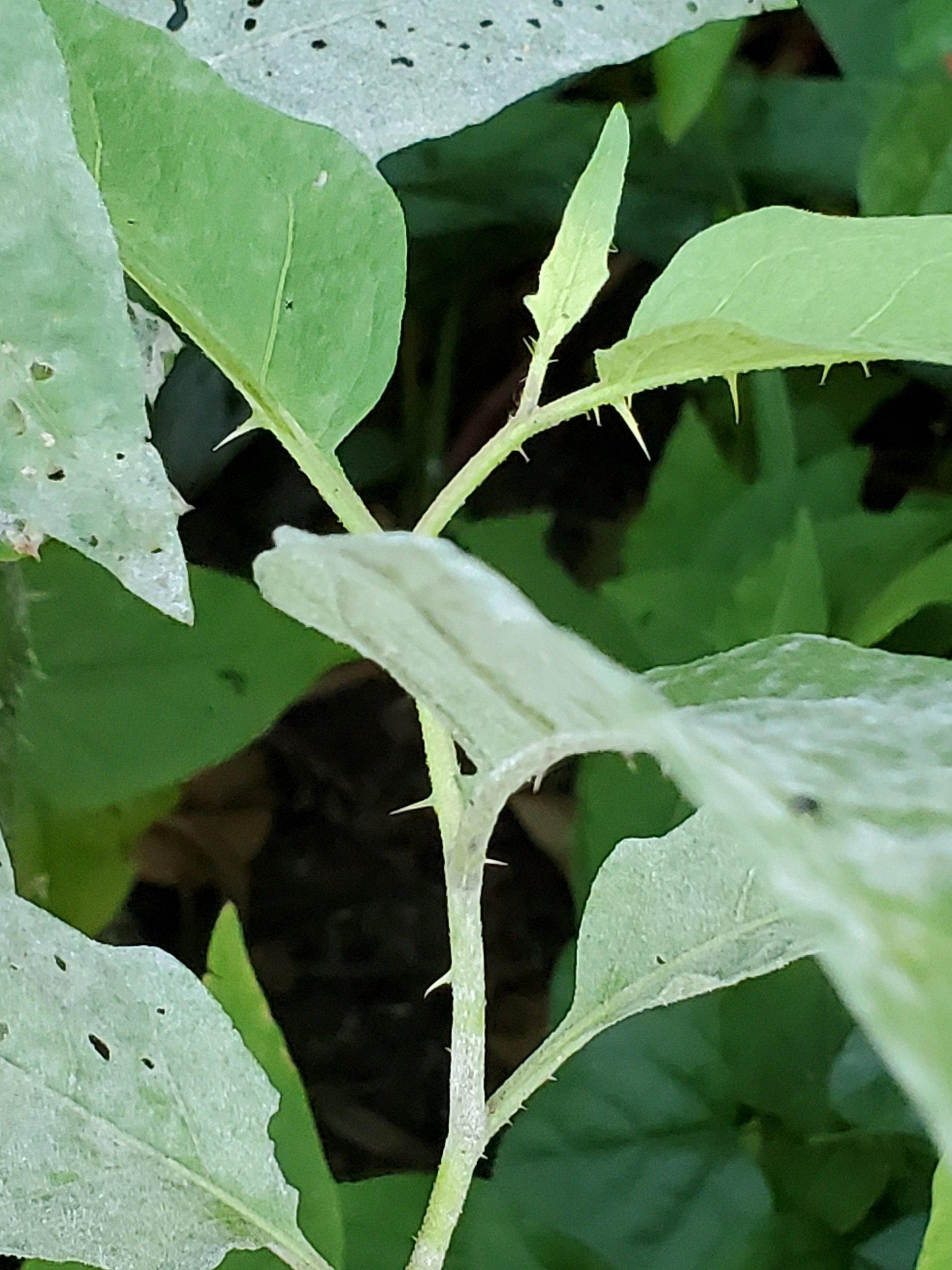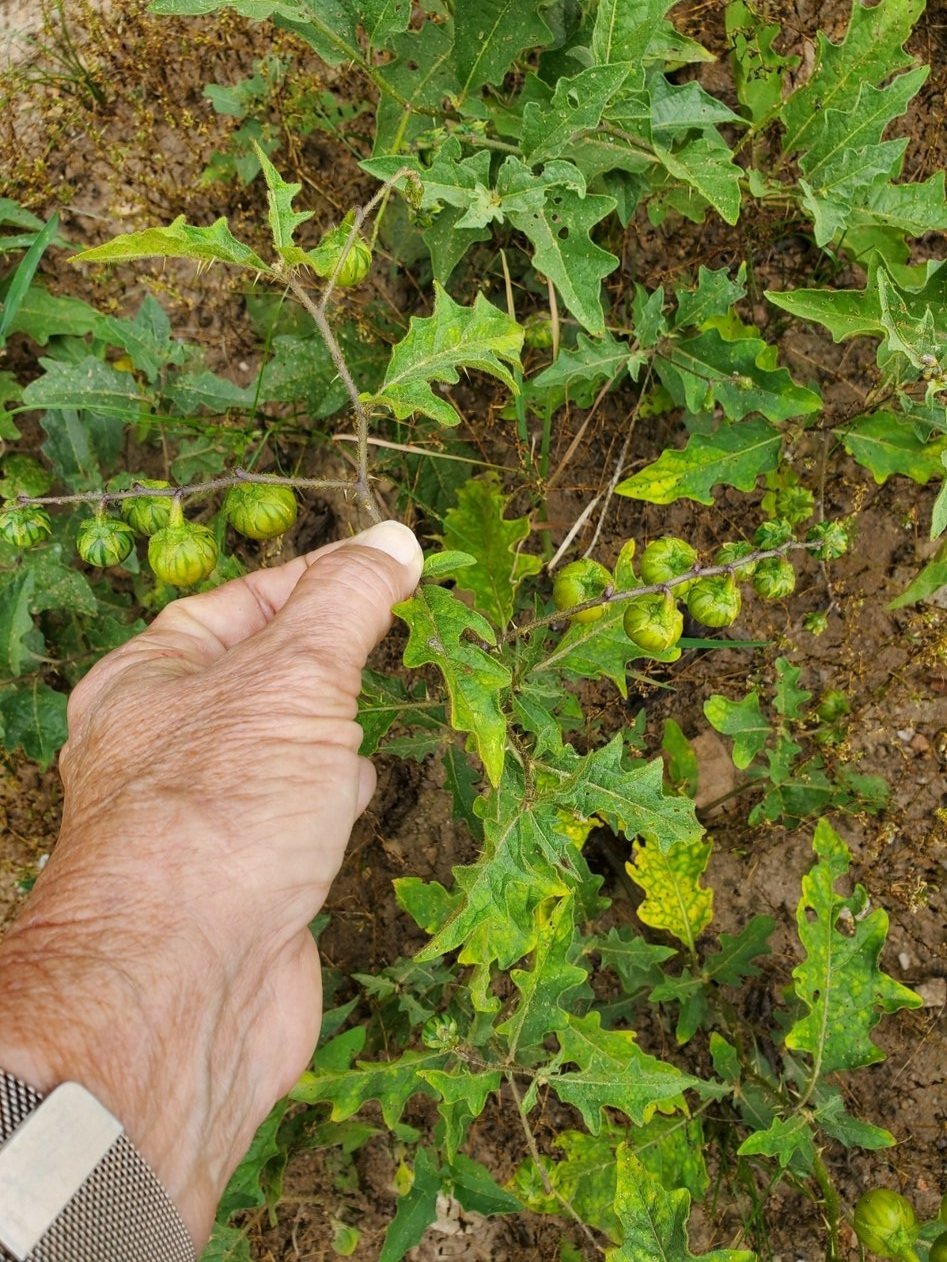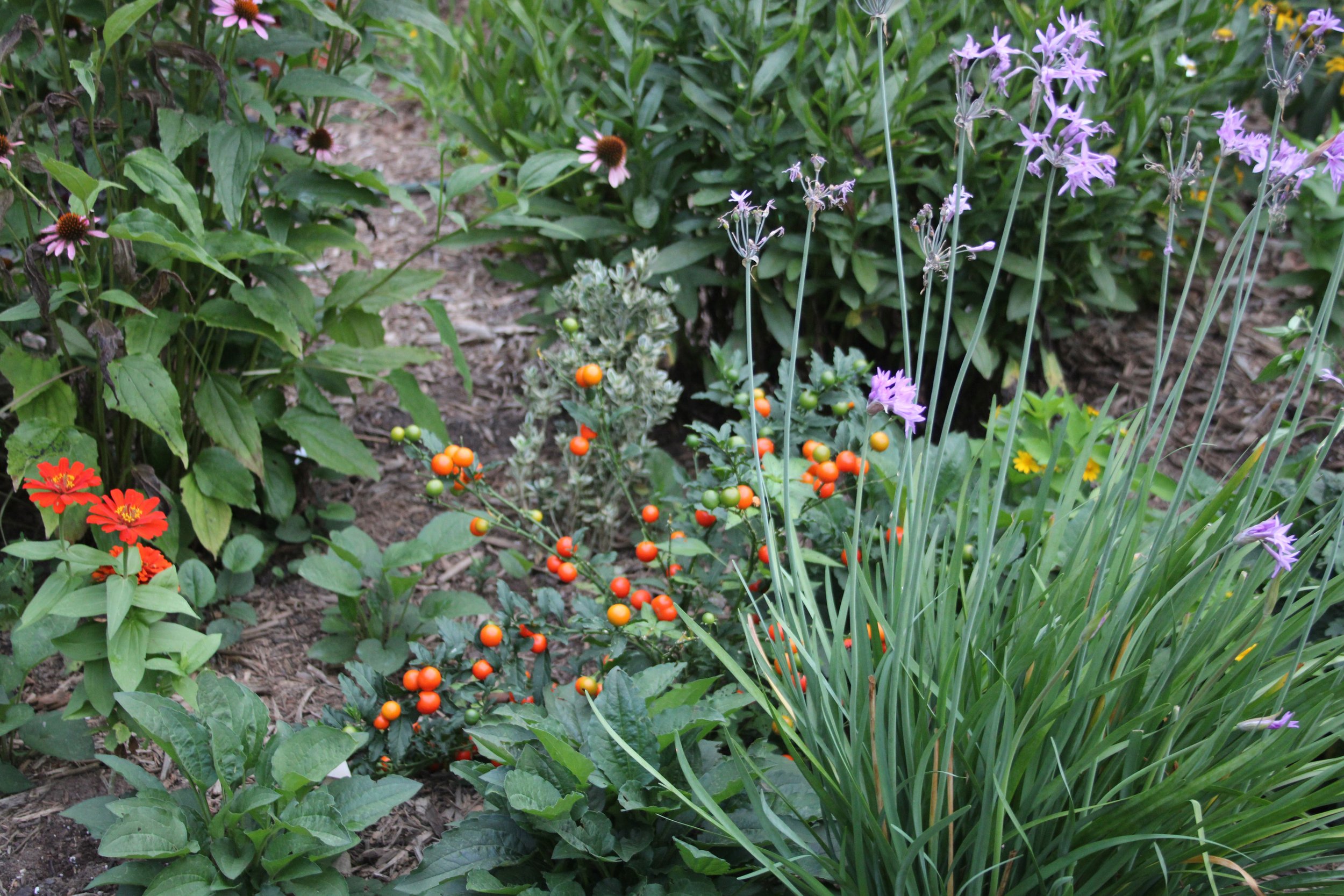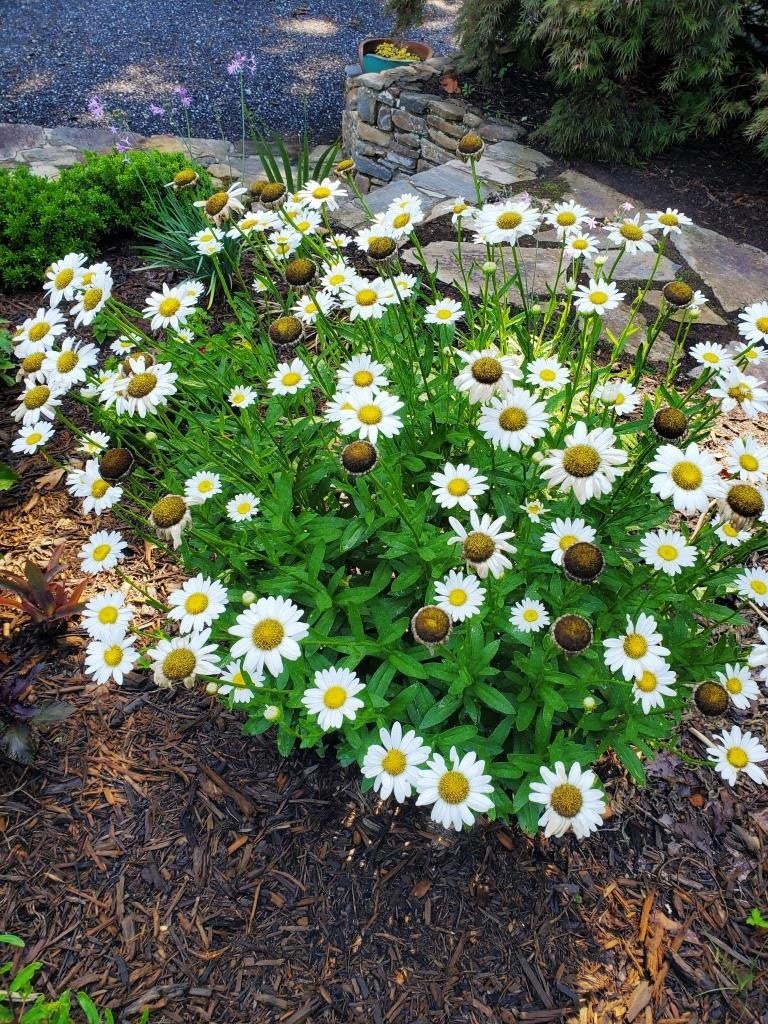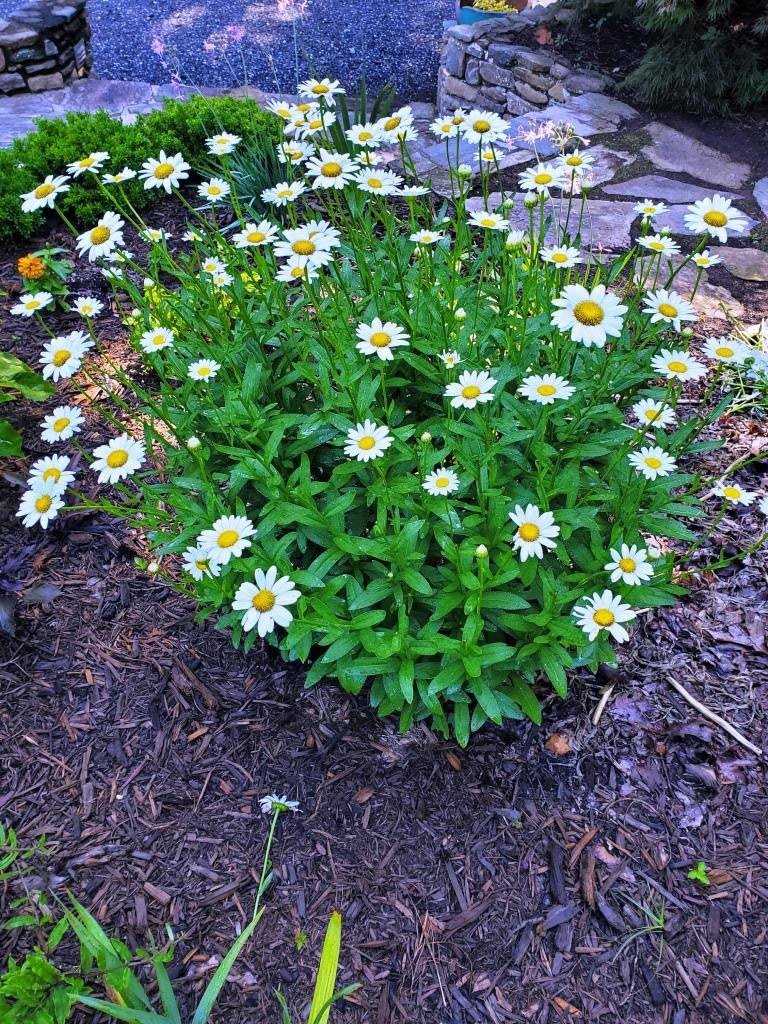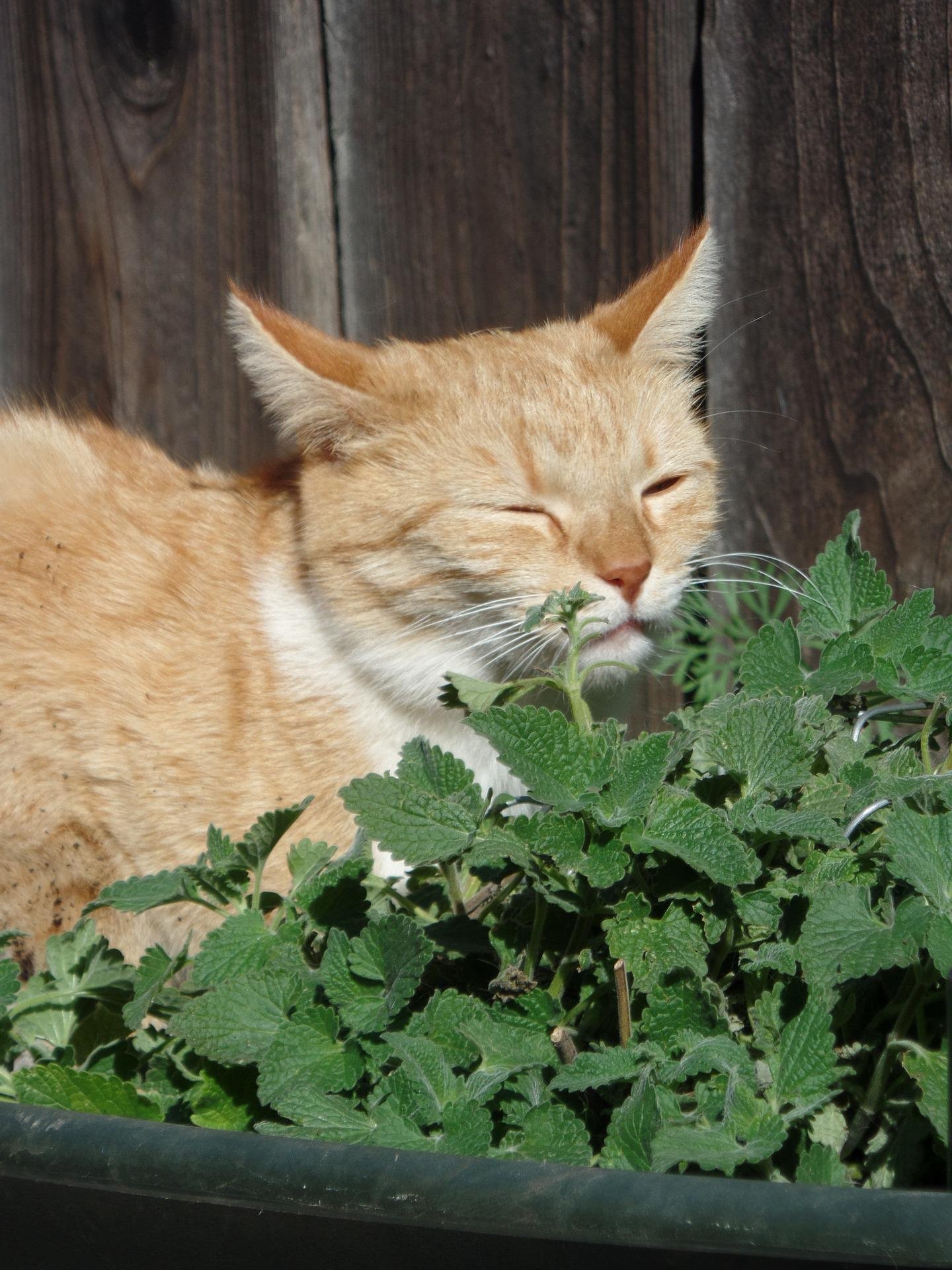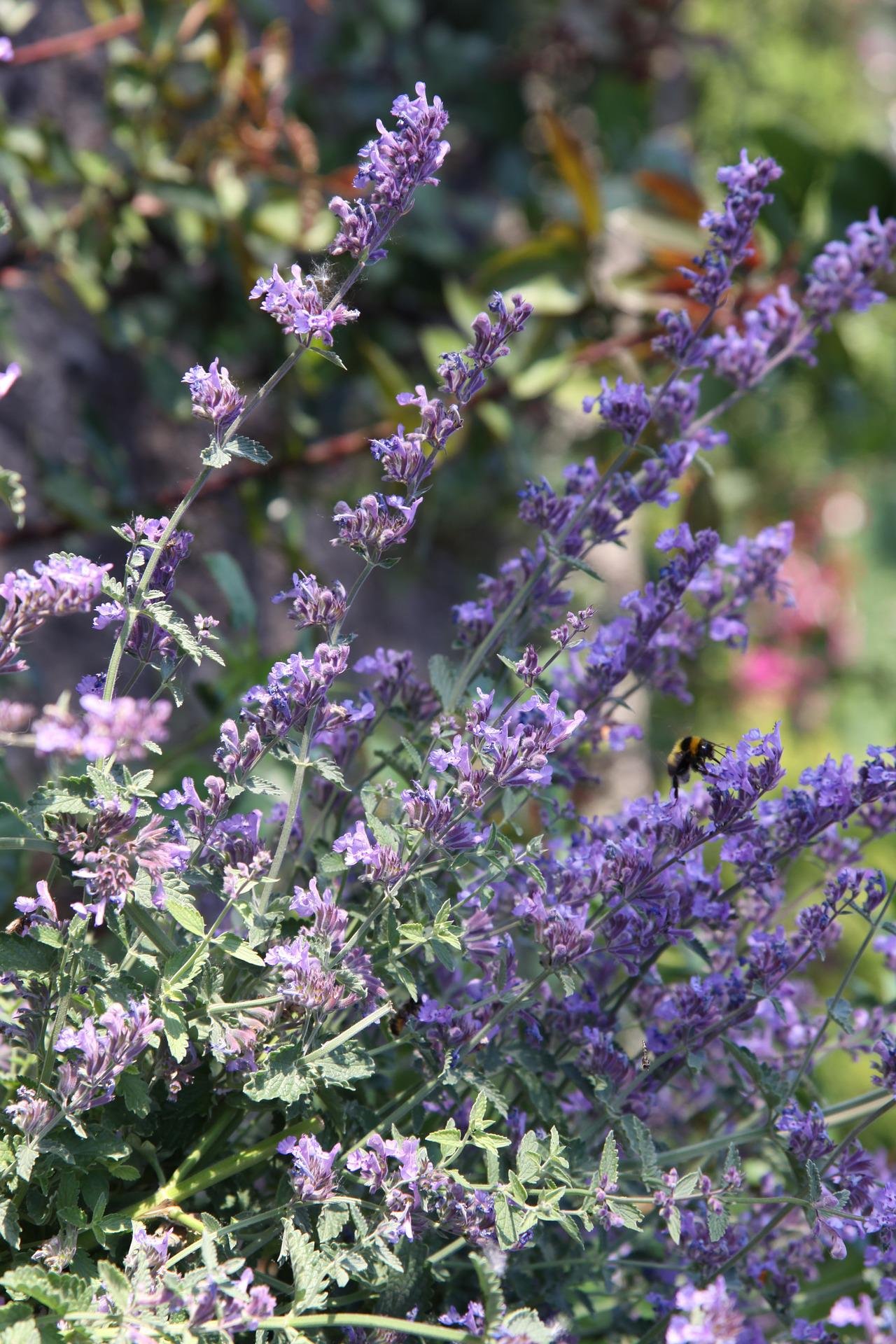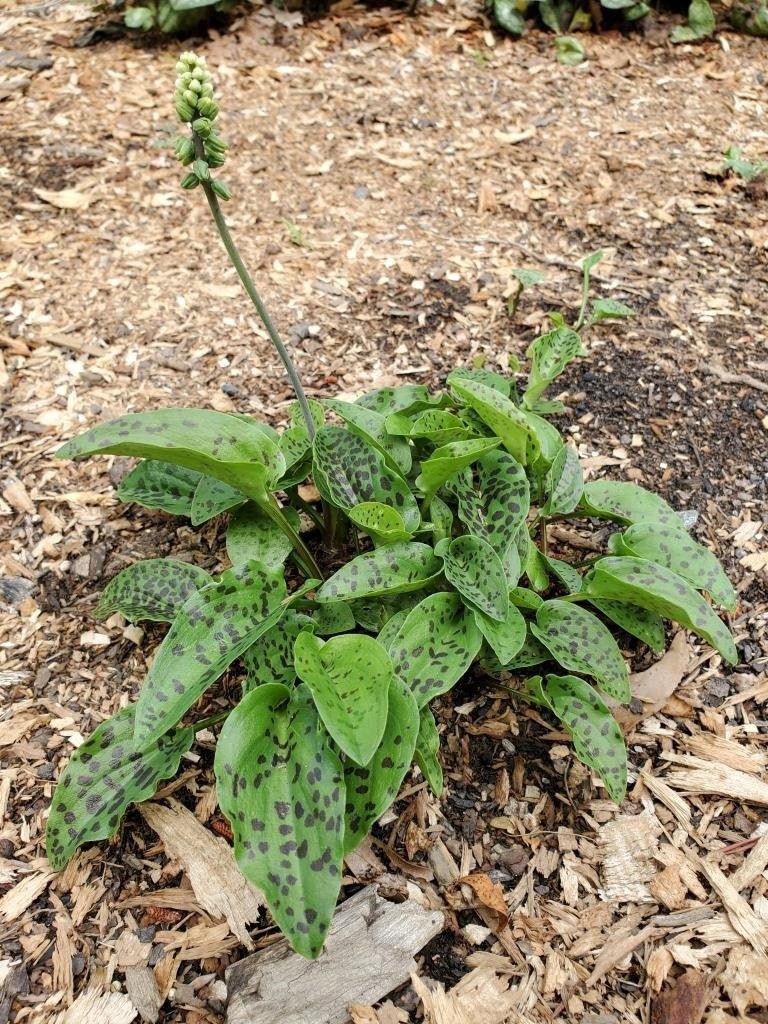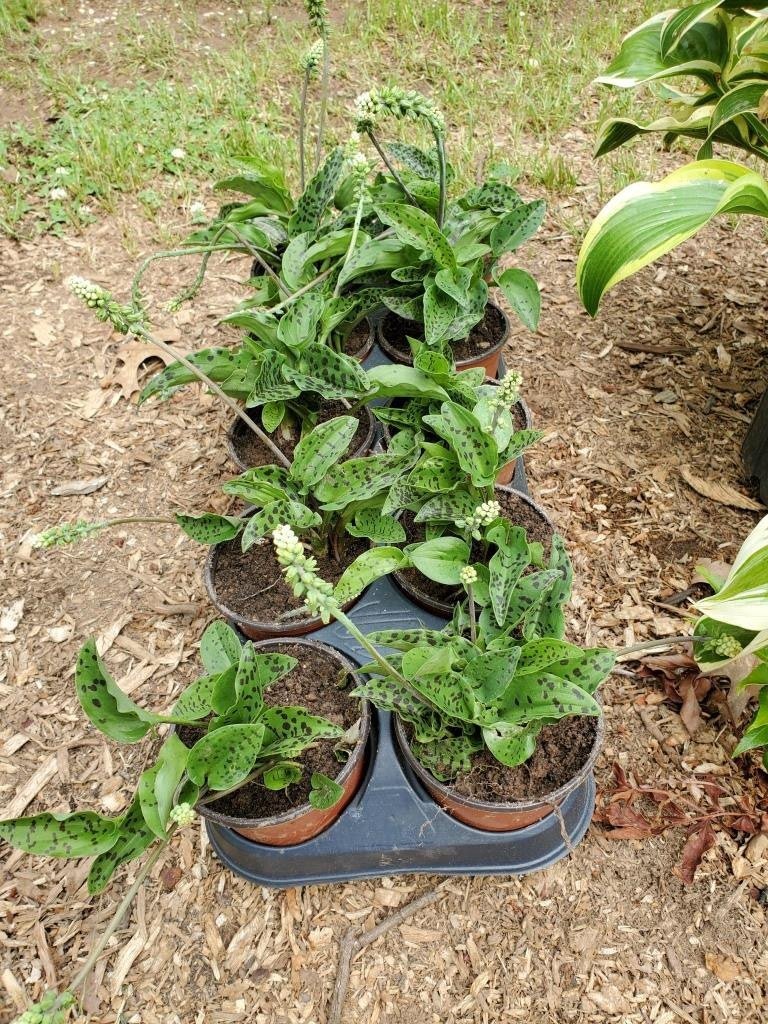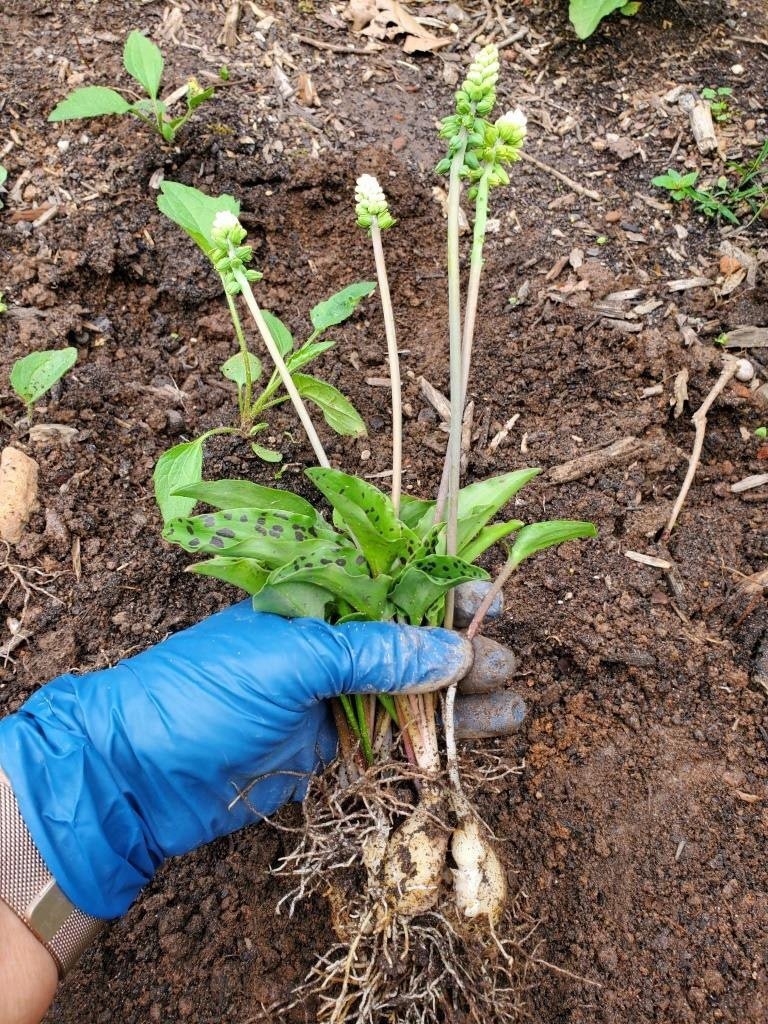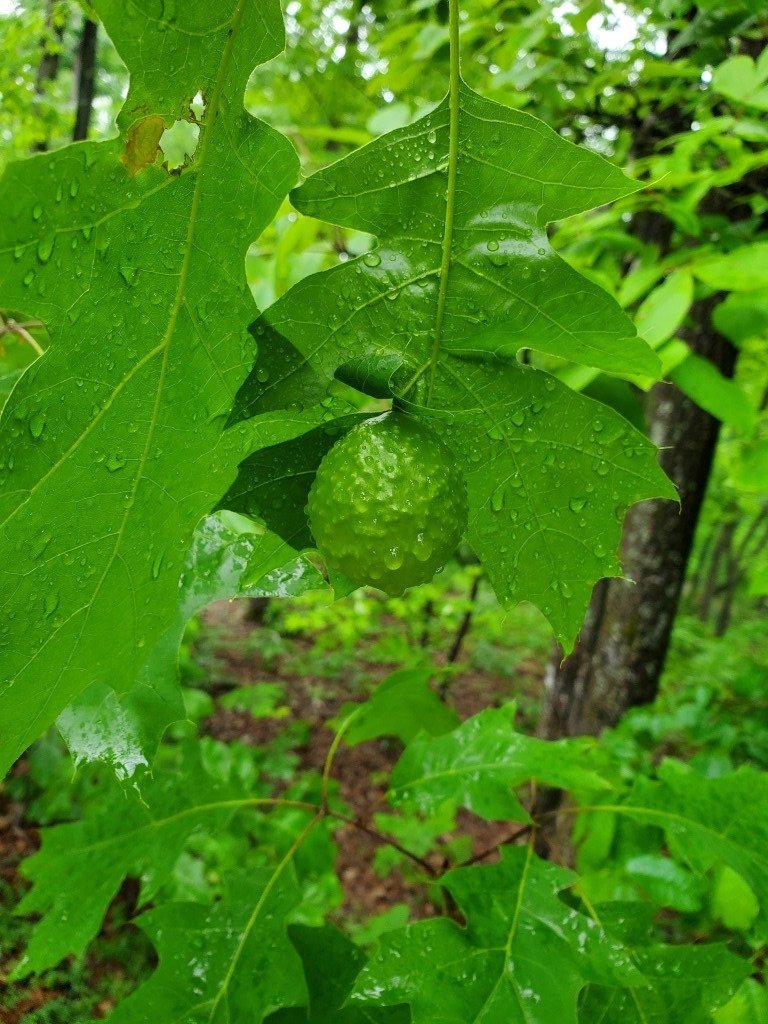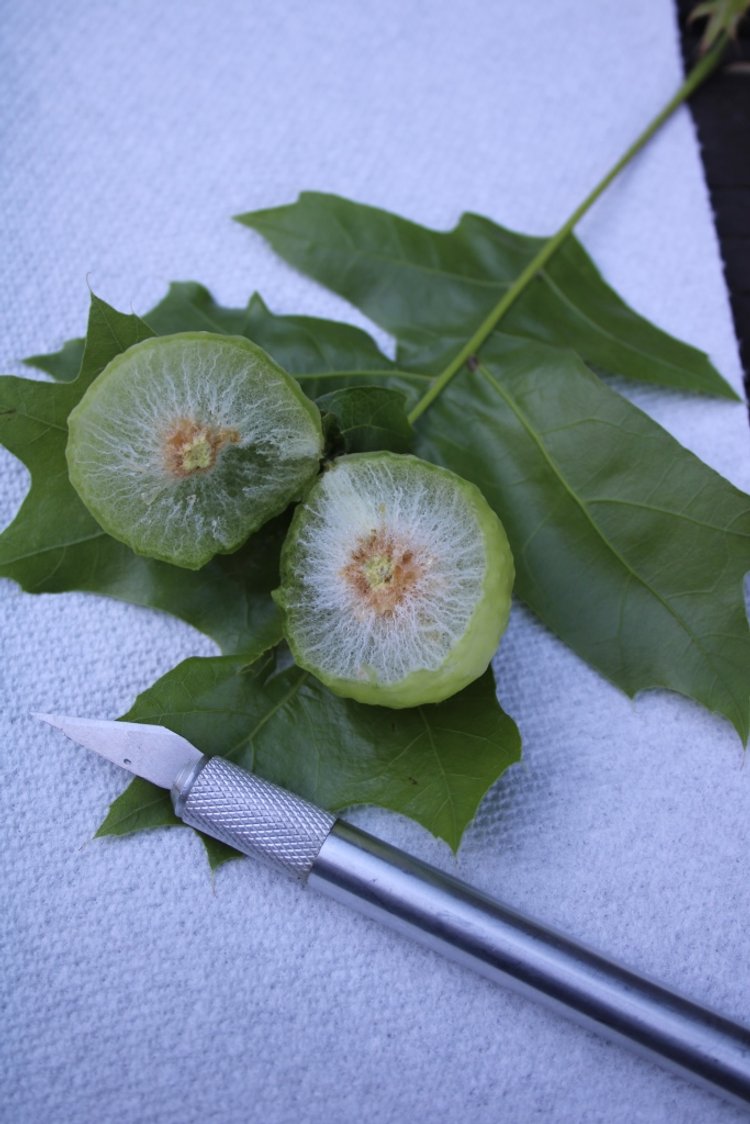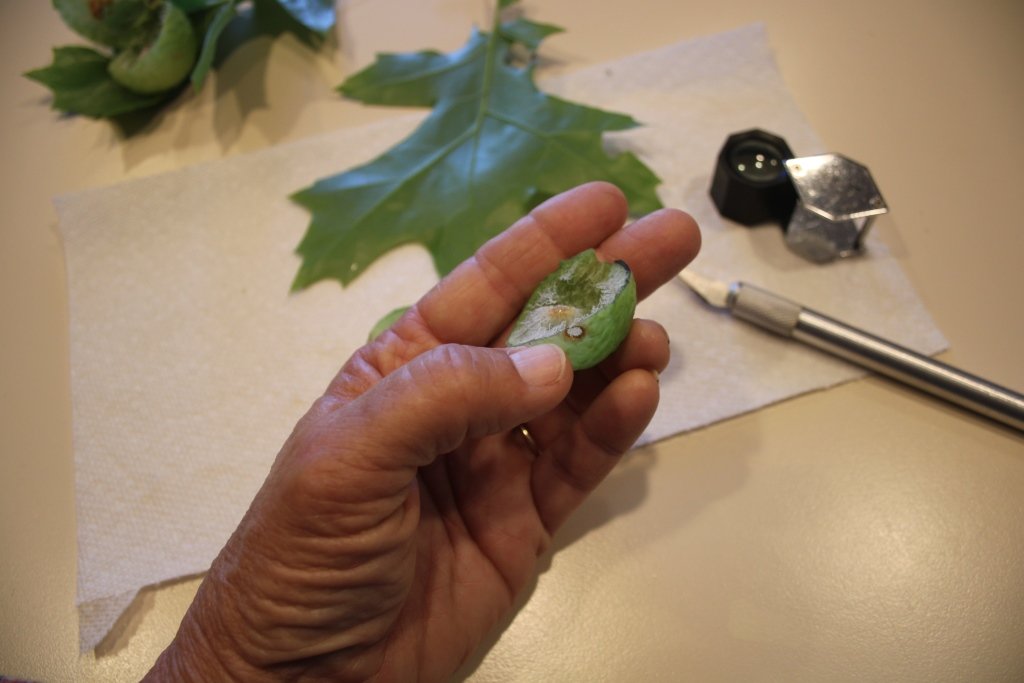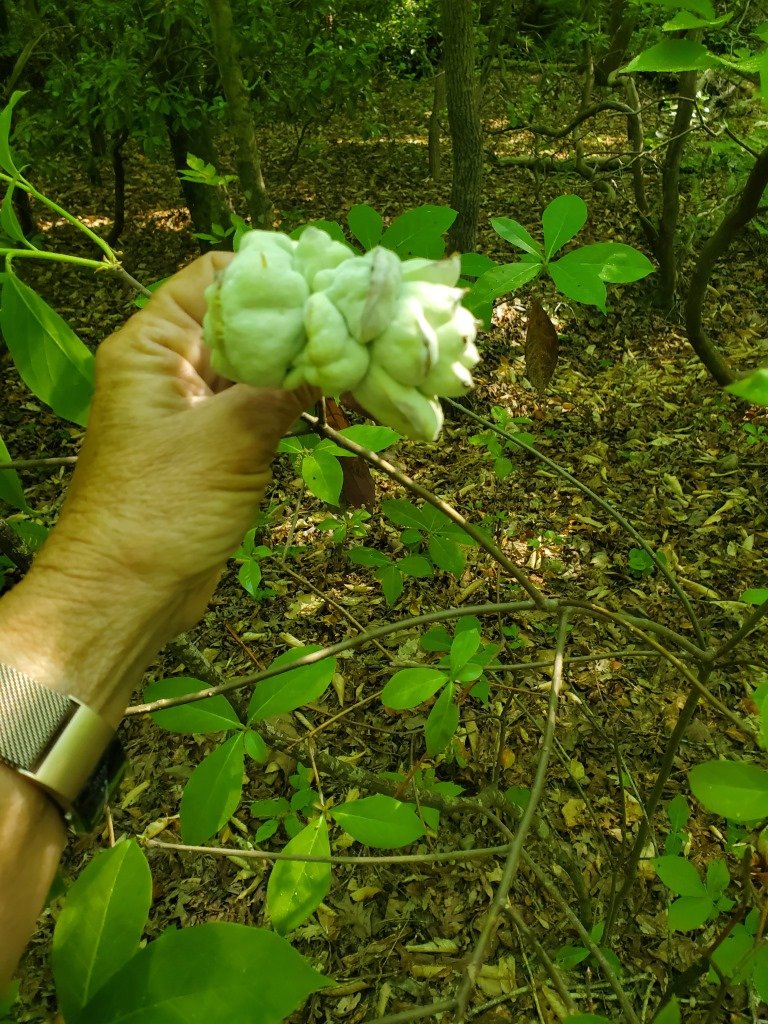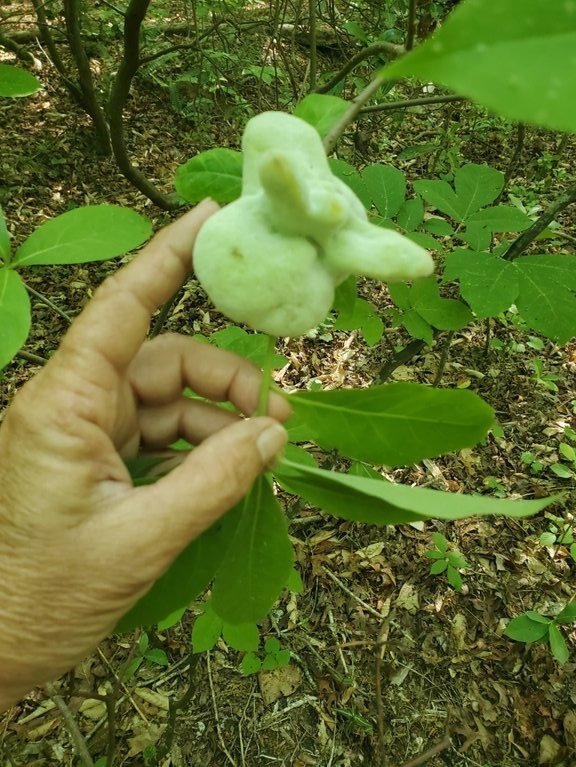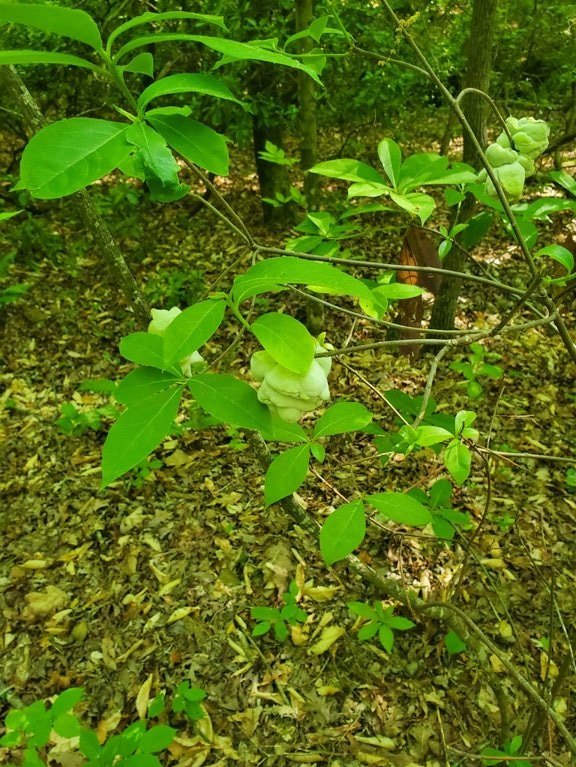What is “The Chelsea Chop,” a term I hear from professional garden-tenders? In simple terms, it is a mid-season cutback for flowering perennial plants. It earned its catchy moniker in the UK, where border plants are pruned hard around the same time as London’s famous Chelsea Flower Show (May).
American weather, soil type, and growing season differs from lands across the pond, but a mid-summer cutback is a great idea for many plants, including Yarrow (Achillea), Coneflowers (Echinacea), Artemisia, Catnip (Nepeta), Bee Balm (Monarda), Salvia, and Gaura. If a perennial blooms well during spring and fall but takes a flowering siesta in the hottest part of the summer, it may be a good candidate for the chop. Pruned perennials will often branch and produce new buds and leaves, with a rounded, tidy appearance. Annual flowers do not respond as well as perennials. I applied the Chelsea Chop to annual Spider Flower (Cleome) last year and was left with a bed of headless stems that neither branched nor rebloomed.
When orange Butterfly Weed (Asclepias tuberosa) sheds its flowers, a cutback by half will often spur a second bloom that rivals the first, and new foliage looks fresher than older, tattered leaves and stems. Butterfly larvae seem to prefer the tender new stems over tougher, aged ones.
When pruned in mid-June (upper SC area), fall-flowering Aster, Joe Pye Weed, Chrysanthemum, and NY Ironweed (Vernonia) will bloom about two weeks later than unpruned plants and will have smaller but more numerous flowers. Pinching out the growing tips of tall Sedums (“Autumn Joy” and the like) will cause branching and prevent their tendency to fall open at their centers during peak fall bloom time. With few exceptions, I halt serious perennial surgical reductions on July 4. Later pruning may remove flower buds or cause a growth spurt of tender growth that will later be damaged by early cold spells.
An exception to this timing recommendation is my treatment of Daylily (Hemerocallis). These reliable bulbs flower during the hottest part of the year. When the flower show is over, the foliage starts to brown and dry into an unattractive, stringy blob. I do not have the time to remove each brown leaf individually, so once all flowers have faded, I gather the foliage of each clump and decapitate it, leaving four to six inches. Then, I give the buzz-cut plants a drink of liquid fertilizer. While they will not repeat flowering, they will push out new, bright green foliage that looks good all the way into fall. This approach does not seem to weaken the plant or reduce flowering in future years.
Rather than performing a wholesale chop-chop-chop on everything, I follow advice I read years ago in a wonderful book, The Well-Tended Perennial Garden: The Essential Guide to Planting and Pruning Techniques by Tracey DiSabato-Aust (Published by Timber Press in 2017, also available in Kindle version). I cut back half the plant in June and leave the other half to flower on its original schedule. Sometimes I prune the perimeter of the plant and leave the center untouched, and sometimes (when I’m feeling especially patient) I select every other stem in the overall bunch to reduce. When the latter approach is done carefully, an observer does not notice any pruning has been done. See the accompanying before and after photos of Shasta Daisy ‘Becky’ for an example. The removal of roughly one third of the bloom stems is unnoticeable. If the half-chop method is used, remove spent flowers from the early flowering, unpruned stems or the plant may put its energy into seed-making and not produce a second round of blooms.
As tempting as it is to use a hedge-trimmer for a quick pruning job, the best results come from pruning individual stems back with hand pruners, cutting just above where a leaf joins the stem. The prune-to-a-leaf method eliminates naked stem orphans that will darken and wither, and may offer an opportunity for disease entry.
All plants look better when dead flowers are removed. But please, remove the entire stem down to the first leaf or even shorter. Do not snap the flowers off and leave headless stems. That’s just creepy.
